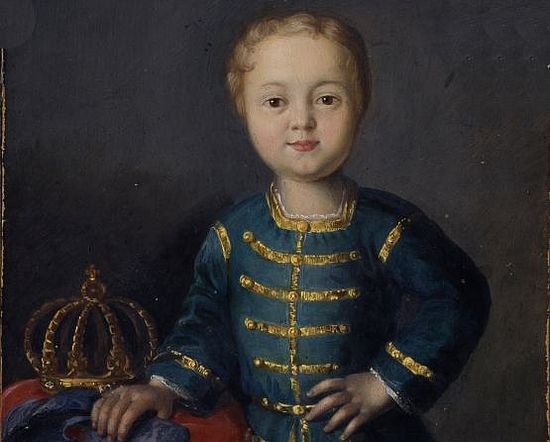
Cristian ConsuegraDynastic reproduction in European reports on Eurasian countries
Dynastic reproduction in European reports on Eurasian countries
Dynastic reproduction was not only a key concern of every ruling family; it was also an object of public observation and was thus under the scrutiny of society at large. In the early modern era, moreover, the erudite public became increasingly aware of the variability of patterns of dynastic reproduction on a global scale thanks to the growing body of published travel literature, including reports on foreign countries in Eurasia, in which descriptions of political systems figured prominently
Reports on Eurasian countries are the focus of this subproject. It analyzes European authors’ descriptions of practices linked to the problem of dynastic reproduction at the courts of China, Russia, and the Ottoman Empire from ca. 1500 to 1800. It thus combines studies of a distant empire that was applauded in Europe for its outstanding civility (China) with a neighboring empire that was suspiciously observed due to religious differences and a long history of military conflict (Ottoman empire), and an empire whose ambivalent status as simultaneously Asian and European polities caused puzzlement among European observers (Russia). The large timeframe of the project allows for a reconstruction of the shifts in semantics over two centuries that were not only characterized by accentuated social and scientific change, but also by shifting power relations between Europe and Asia.
The project will analyze how reports describe dynastic patterns and practices, patterns of care in the princely nurseries, representations and performances of kinship, early education and health, and the impact of childhood relationships on later careers. In contrast to subproject "Early childhood at German princely courts", which is particularly interested in practices in princely nurseries reconstructed from archival records, this subproject is focused on representations of distant countries’ princely nurseries. It will shed light on how local knowledge and European semantics merged in the descriptions under consideration. Furthermore, comparisons between the reports on the three Eurasian empires will be made.
